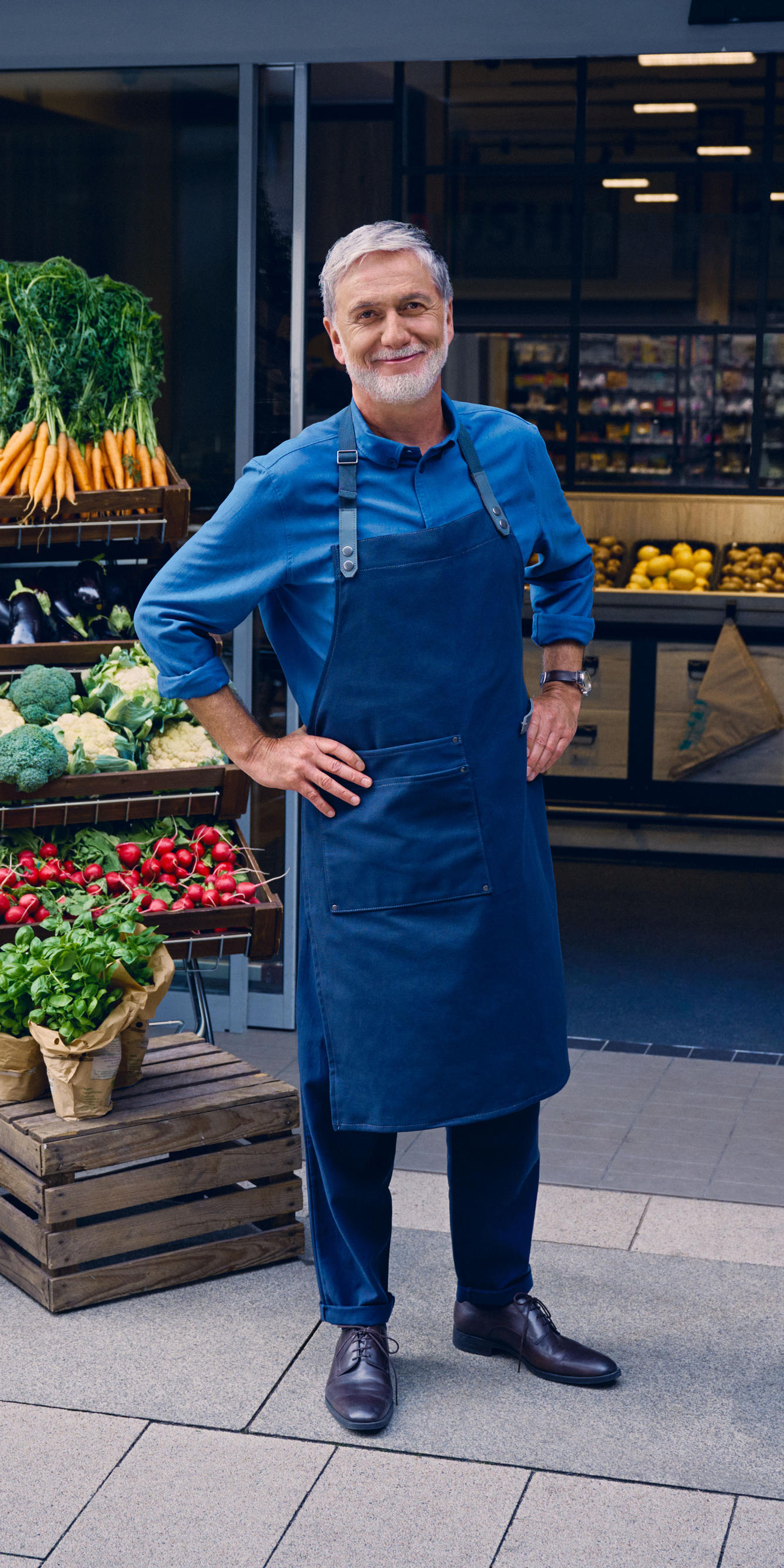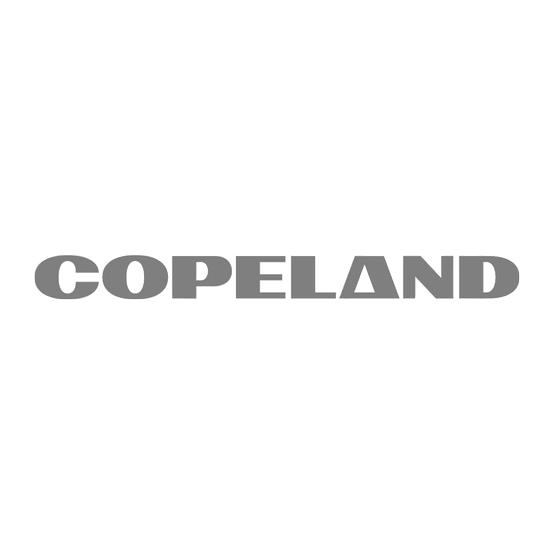
Myths and Truths
 Peace of Mind
Peace of Mind
With our CO₂ scroll technology, we enable worry-free solutions tailored to your needs and ensure your peace of mind.
#1 The “Scary System”-Myth: CO2-Solutions are Big and Complex
That’s a thing of the past. With the new Copeland™ CO2 scroll technology, you can achieve the efficiency of conventional booster systems without complex system designs. There is no need for parallel compression, reducing the physical footprint as well as the system costs by up to ten percent.
#2 The Poison Myth: CO2 is a Toxic Gas
You can’t generalize that. We all inhale and exhale CO2 in our daily lives. CO2 is already present in our atmosphere at an average concentration level of around 400 ppm. Clearly, at this level of concentration, it is not toxic to human beings. However, CO2 can be dangerous at higher concentrations that may exist for example in confined rooms exposed to CO2 leakage. When industry standards and best practice rules are followed, CO2 is considered a safe refrigerant. There is also no need to worry about the climate: CO2 is a sustainable alternative to the harmful F-Gases. CO2’s global warming potential is 1 (GWP=1), its ozone depletion potential is 0 (ODP=0). That’s highly sustainable in comparison with typical F-Gases like HFCs with an GWP up to 1.500 (ODP=0).
#3 The Money Myth: CO2 Systems are Expensive
Traditional CO2 systems face challenges with efficiency levels when operating in warm ambient (or “transcritical condition”). That’s why most CO2 systems are equipped with additional parallel compressors removing the flash gas from the tank. This increases efficiency but also adds complexity since the additional compressor requires an additional frequency inverter, additional piping, and wiring. Subsequently, in the past high investment costs were characteristic of early CO2 projects and sourcing all needed equipment was difficult. Today, these challenges have been overcome: There is no difficulty in sourcing anymore and the costs are on a downward trend also. This will even be accelerated by the new Copeland CO2 scroll technology “Dynamic Vapor Injection”: This innovative technology replaces the function of parallel compression keeping the system’s efficiency level high while reducing complexity as less components are required. Investment, operational and even maintenance costs of CO2 systems will be optimized further. And note that CO2 as refrigerant is easy to produce and thus cheaper than any other refrigerant.
#4 The Desert Myth: CO2 Does Not Perform Well in Hot Climates
The so-called CO2 equator used to be a fact: While previous CO2 systems performed quite well in cold climates, they used to be very inefficient in hot climates. With the innovative Dynamic Vapor Injection (DVI) by Copeland, this is a thing of the past. Now, a smart system control constantly operates all relevant parameters of the cooling circuit in a way that ensures ideal operations under all conditions. This makes the new cooling technology by Copeland an efficient and reliable solution regardless of the climate it operates in.
#5 The Danger Myth: CO2 Systems Are Risky
Yes, CO2 systems are facing high pressures. But first, this is contributing to the efficiency of the system. Second, the system design comes along with many safety features, detecting even minor variations. And third, even if CO2 vents out of the system due to an incident like a power failure or overheating – the high standstill pressure of the compressors allows for enough time for service personnel to fix the problem before food spoilage occurs. Also, a CO2 leak is significantly less problematic than leaks of other refrigerants like flammable propane or toxic ammonia – CO2 is not flammable.
#6 The Large Application Myth: CO2 Systems Are a Most Efficient Solution for Large Applications or Shop Formats
That’s no longer true. Copeland CO2 scroll compressors (10 to 40kW MT) are ideally positioned to provide cost effective solutions for small to medium sized supermarkets ranging from 500 to 2000 m2, something that has not been available before. Whether as integrated CO2 scroll compressor solution for compact booster systems or as a CO2 refrigeration unit, this broad portfolio ideally supports the trend towards smaller and more compact CO2 systems.


